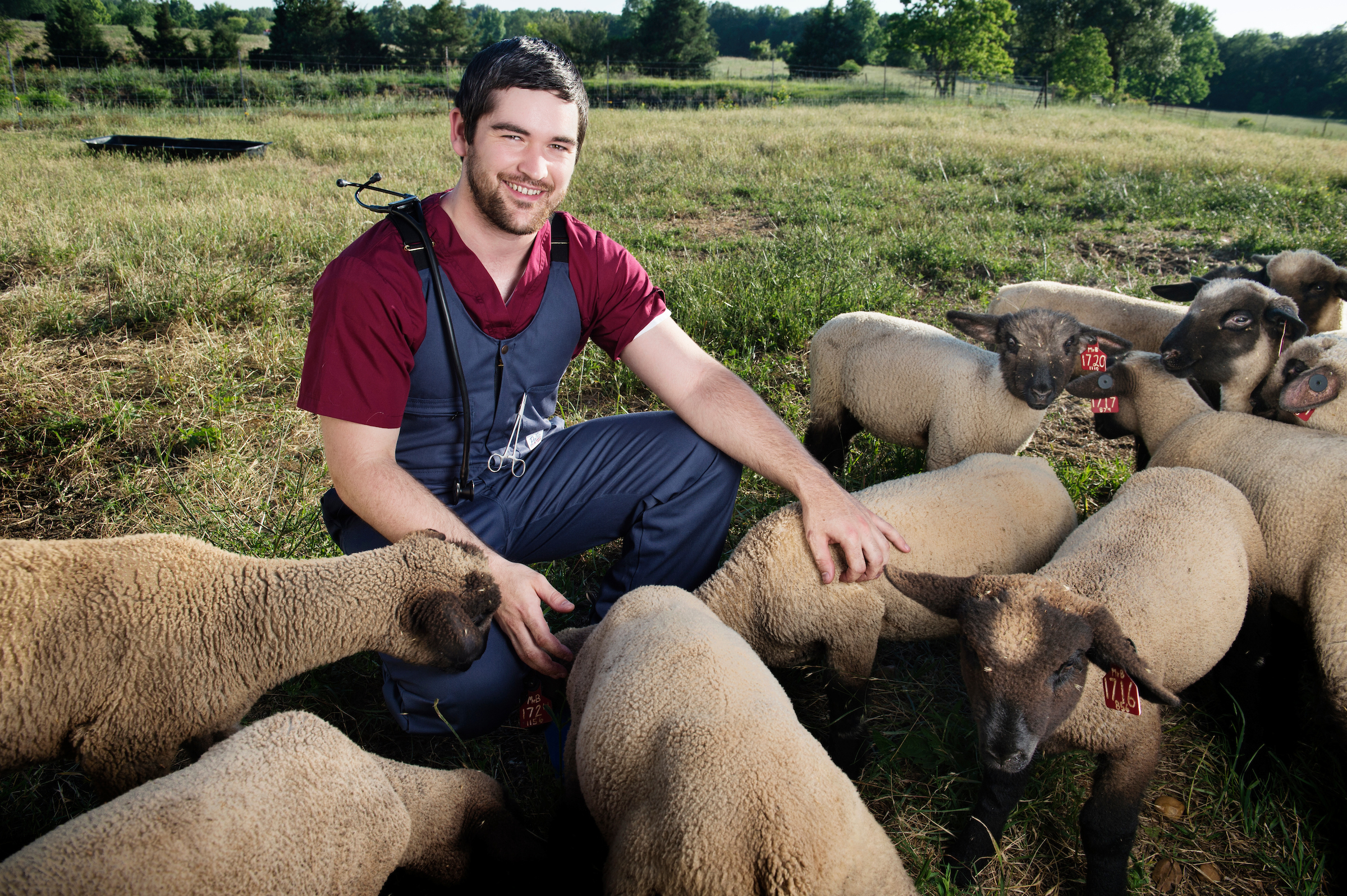Sudden death in "healthy cows": Anaplasmosis in Cattle - Robert Stenger, DVM and MAdison Cogle
What is it?
Anaplasmosis (Anaplasma marginale) is an infectious disease caused by a parasite that destroys an animal’s red blood cells. Red blood cells are critical for allowing the transportation of oxygen to tissues throughout the body. It is a blood-borne disease, and it can be spread by anything that transfers blood - such as biting insects and reused needles.
When and Where does it occur?
It is commonly seen from mid-summer through fall during and after peak insect season, but it is not limited to these times. The incubation period from when the animal is infected to showing signs of clinical disease can be several weeks. Young calves are typically unaffected, but can be carriers and spread the disease to the rest of the herd. It is new to our region, but it is gaining prevalence. Dr. Stenger has diagnosed several cases within his practice area within the last year.
Clinical Signs
Animals may appear lethargic and have labored breathing. This is due to the anemia caused by the destruction of red blood cells. A blood test can confirm the diagnosis of live cattle, and necropsy samples may be able to confirm diagnosis postmortem. If you are seeing cows in good body condition suddenly fall over dead this may be a sign of anaplasmosis.
Control Strategies/Prevention
If some animals in your herd have shown clinical signs and/or tested positive for anaplasmosis, it is likely that more are infected. It is difficult to stop the introduction of Anaplasmosis into a herd as the disease can be transmitted by ticks and other biting insects. A method for fast transmission is to introduce a positive animal into a herd (buying a bull with Anaplasmosis is a good example). The control and management strategies are going to vary for each producer, so it is important to talk with your veterinarian and develop a game plan. Animals may be tested and those with the disease culled, but unless you know how the disease entered your herd it is likely to reenter again the next year or two.
Treatment
Anaplasmosis can be treated with injectable oxytetracycline (commonly LA-200 or -300, or BioMycin 200). It can also be managed in a herd by feeding chlortetracycline medicated grain or mineral with a written Veterinary Feed Directive (VFD). This VFD is only available through a licensed veterinarian.
Sources
USDA: https://naldc.nal.usda.gov/download/IND43893859/PDF
Kansas State:
https://www.k-state.edu/media/newsreleases/2020-02/anaplasmosis_vaccine22420.html
